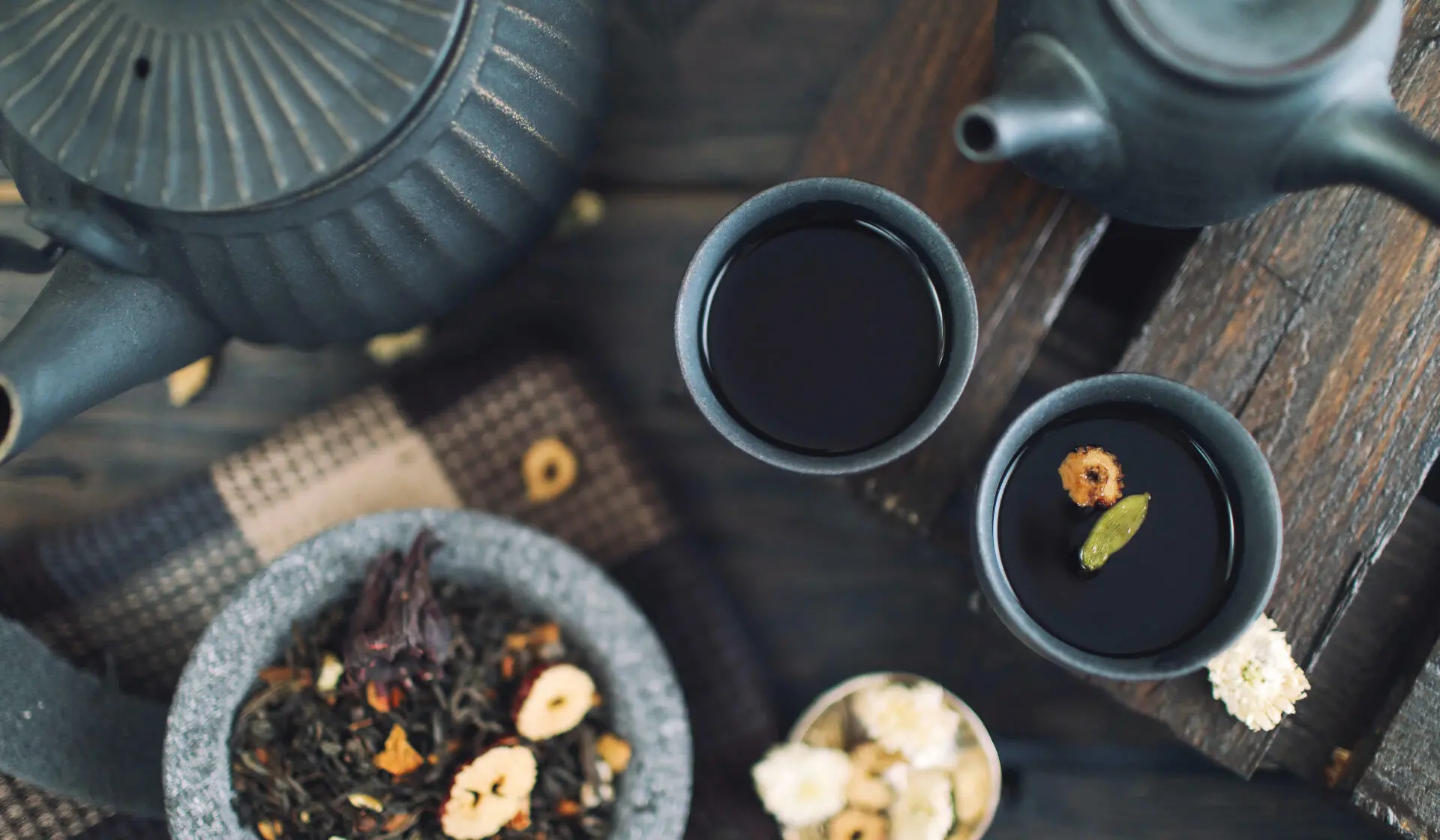Embarking on a Journey to Discover the Essence of Sencha Green Tea
Sencha, a beloved variety of green tea, holds a special place in Japan’s tea-growing regions. With its widespread popularity, sencha dominates the country’s tea production, making it a true symbol of Japanese tea culture. In this comprehensive guide, we will delve into the essence of sencha, exploring its flavors, cultivation, brewing techniques, and recommended varieties.
Unveiling the Essence of Sencha Green Tea
Derived from the Japanese term for “infused tea,” sencha distinguishes itself from other teas like matcha that were more prevalent centuries ago. This aromatic green tea captivates tea enthusiasts with its unique characteristics. The dry leaves are rich dark green, boasting a slender, needle-like appearance. When brewed, sencha offers a refreshing, vegetal flavor with distinct grassy notes. Furthermore, it unveils a touch of umami—a sought-after characteristic in Japanese Green Teas—which evokes sensations of seaweed and the sea.
Cultivating Sencha: A Blend of Tradition and Innovation
Cultivating sencha involves carefully selecting cultivars, with Yabukita being the most renowned among them. However, various cultivars contribute to different sencha teas’ diverse flavors and aromas. After harvesting, the tea leaves undergo a series of processes. Boiling, rolling, cutting, and drying are performed using modern machinery to ensure efficiency and meet the demands of tea production. Despite this, a handful of tea makers in Japan diligently uphold traditional tea-making methods, often participating in competitions to preserve the artistry of sencha production.
Demystifying Japanese Tea Terminology
Understanding Japanese tea terms is the key to unraveling the world of sencha. Let’s familiarize ourselves with some essential terms:
- Shincha (or Ichibancha): The eagerly awaited initial sencha harvest of the year, which occurs between April 1 and May, varying based on the region.
- Kabusecha: A shaded sencha that undergoes a delicate shading process lasting one to two weeks.
- Gyokuro: A premium sencha variety shaded for an extended period, typically at least three weeks, resulting in a refined flavor profile.
- Aracha: Also known as rough or farmer’s tea, siracha consists of sencha leaves with broken pieces, stems, and occasional discolorations. Wholesalers handle the refining process.
- Karigane: Crafted from the stems of sencha or gyokuro, Karine offers a unique flavor profile and brewing experience.
- Kuradashi Sencha: This intentionally aged sencha showcases a smoother flavor, obtained through a process that involves careful storage and handling.
- Temomi: Referring to tea that is meticulously rolled by hand, Tomomi is often associated with Sincha, showcasing the artistry and craftsmanship behind the tea.
Sencha Classification: Unraveling the Steaming Process
Sencha teas are categorized based on the intensity of steaming the leaves undergo during processing. These classifications provide insight into the tea’s flavor profile and brewing requirements. While variations exist among producers, the following terms offer a general overview:
- Asamushi: Lightly steamed sencha, preserving a delicate balance of flavors.
- Chumushi: Medium-steamed sencha, striking a harmonious balance between aroma, umami, and a refreshing finish.
- Futsumushi: Regularly steamed sencha, known for its vibrant flavor and characteristic grassy notes.
- Fukumushi: Deeply steamed sencha, boastingan intensified flavor profile, a richer taste, and reduced astringency. Deep steaming breaks down the leaf structure, requiring lower water temperatures and shorter infusion times to extract the tea’s full essence. It’s worth noting that deeper steaming may result in more sediment settling at the bottom of the cup, adding depth to the tea-drinking experience.
Mastering the Art of Brewing Sencha
To savor the true essence of sencha, it’s crucial to understand the optimal brewing techniques. While there can be variations based on tea quality and personal preference, here’s a recommended approach:
- Water temperature: Begin with water around 175°F (80°C). Adjust the temperature based on the tea’s specific requirements and your desired flavor intensity.
- Brewing time: For most Sencha teas, a brewing time of approximately one minute is ideal. However, the precise duration may vary depending on the tea’s quality and steaming method. Adapting the brewing time to suit subsequent infusions is recommended, as the flavor intensifies with each steeping.
- Tea-to-water ratio: As a general guideline, use 7 to 8 grams of sencha leaves per 200ml of water. However, feel free to experiment and adjust the ratio to achieve your preferred strength and flavor profile.
- Brewing vessel: While a traditional Kyusu is commonly used for brewing sencha, you can choose any teaware that suits your preferences. Just ensure that your brewing vessel allows for proper leaf expansion and extraction. A fine-mesh filter is recommended to prevent the delicate tea leaves from escaping during pouring.
Embark on a Sencha Journey: Notable Varieties to Explore
Throughout my tea-tasting adventures, I’ve enjoyed reviewing various Sencha teas. Here are a few unique selections that encapsulate the essence of this beloved green tea:
- Rishi Tea Gyokuro Clear Fragrance: Experience the allure of this exquisite gyokuro sencha, carefully shaded to enhance its delicate flavors and captivating aroma.
- Mellow Monk Artist’s Reserve: Delight in the refined nuances of this artisanal sencha, meticulously handcrafted to bring out the tea’s complex character and smooth finish.
- The Ikkyu Ayumi Premium Sencha: Indulge in the exceptional quality of this premium sencha, renowned for its vibrant flavors, deep umami notes, and a refreshing aftertaste that lingers on the palate.
- Lupicia Sencha Matsuri: Celebrate the joy of sencha with this festive blend, featuring a harmonious balance of flavors, invigorating aromas, and a satisfying, grassy undertone.
Immerse Yourself in the World of Sencha
As you venture into the world of sencha green tea, remember to savor each sip and appreciate the centuries-old traditions and artistry that contribute to its creation. Whether you’re a seasoned tea connoisseur or a curious beginner, sencha offers a delightful journey of flavors, aromas, and cultural richness. So brew a cup of sencha, and embark on an extraordinary tea experience.
Have you ever had the pleasure of trying Sencha? Are you aware of a favorite area in Japan where you would like to try this kind of tea? Tell me about it via the comment section below



Leave a Reply
You must be logged in to post a comment.